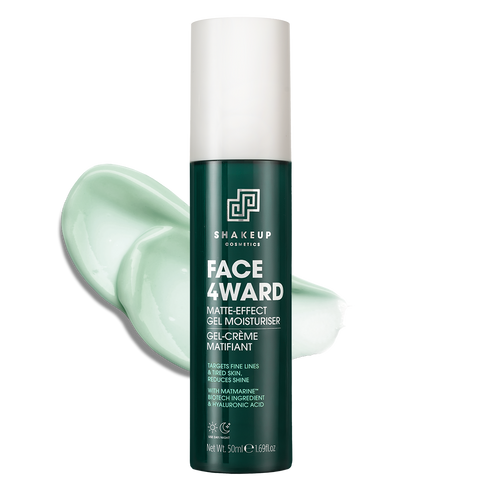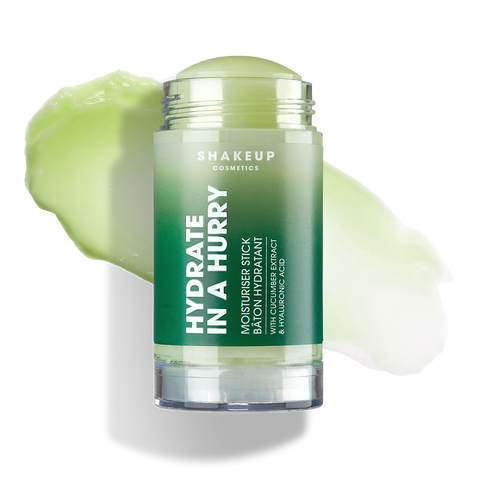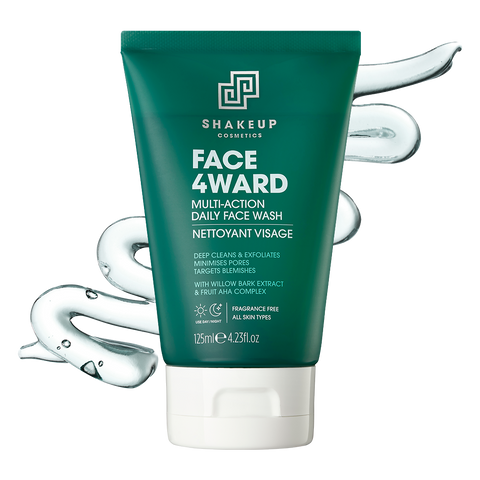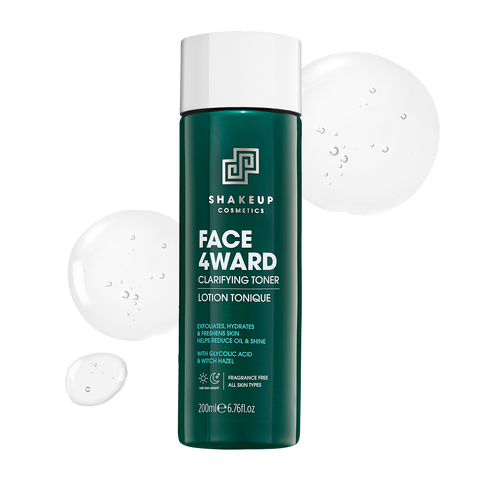What is my skin type?
Tired of seeing “skin type” written everywhere but no explanations as to what it actually means and how to figure out your own? Knowing your skin type is the first step in being able to take care of your skin properly and allows you to actively tackle skincare concerns or issues that you have.
Keep reading to easily find out your skin type and the best way to look after your skin.
What is Dry Skin?
If your skin regularly feels flaky, rough or tight then you likely have dry skin. Dry skin is caused by a lack of oil production and can be due to a range of factors including; genetics, ageing, the weather and some medical conditions. Having dry skin means there are some important skincare steps to take to keep your skin hydrated and moisturised.
How to look after dry skin
- Use a cleanser that is suitable for sensitive skin. Harsh cleansers will strip your skin of natural oils and can cause your skin to appear even drier.
- Regularly moisturise especially after showering, bathing or washing your face. Moisturisers with glycerin or hyaluronic acid are best as these ingredients will help to lock in moisture.
- Avoid overly hot water when washing your face or having a shower as this will strip off natural oils, instead use lukewarm water.
- Wear an SPF everyday as UV rays from the sun can dry out your skin, similarly sun-damaged skin has a slower rate of skin cell renewal meaning a build up of old skin cells.
What is Oily Skin?
Oily skin refers to the type of skin that produces excessive amounts of sebum which is a natural oil that prevents the skin from drying out. Having oily skin means that your skin is likely to be shiny and have larger pores meaning that you’re more prone to breakouts and acne.
Similarly to dry skin, oily skin can require some extra attention when it comes to skincare routines and products.
How to look after oily skin
- Choose a gentle cleanser, using harsh cleansers can irritate your skin and trigger an increase in oil production.
- Don’t over wash your face, you may have the urge to wash your face multiple times a day to clear the oil but over washing can dry out your skin and encourage sebum production. Stick to a maximum of twice a day.
- Even though you have oily skin it is important to moisturise to regulate oil production. Not using a moisturiser will actually cause your skin to produce even more oil to hydrate itself.
- Look for lightweight skincare products and SPFs that do not include a lot of oils in their ingredients.
What is Combination Skin?
The most common skin type is Combination. As the name suggests it is a combination of both dry and oily skin and can be difficult to manage as different areas of your face require different methods of care.
Dry areas tend to affect cheeks as well as skin around the eyes and mouth whereas oily skin will usually appear in the T-zone which involves forehead, nose and chin.
How to look after combination skin
- Avoid harsh cleansers that will irritate and dry out your skin.
- Choose a moisturiser suitable for all skin types or opt for a light weight and oil free moisturiser to use on your T- Zone and a thicker more intense moisturiser for dry areas.
- Include a toner into your skincare routine to help balance the pH levels of your skin and remove leftover dirt and oils after cleansing.
- Protect your skin from sun damage with a lightweight and oil free sunscreen to avoid clogging your pores.
Normal Skin
The term ‘normal skin’ refers to a type of skin that is well balanced, in other words, it is not too oily or too dry. Due to these characteristics, normal skin tends to have a smooth texture with small pores. It is the easiest skin type to look after as it does not tend to be prone to breakouts or flakiness.
How to look after normal skin
Although normal skin can be easier to look after than other types, it is still important to follow a daily skincare routine including cleansing, moisturising and protecting.
Use our quick and easy 4 step skincare routine for men:
Step 1: Cleanser
Step 2: Toner
Step 3: Face Serum
Step 4: Moisturiser
Try our skincare quiz
Now you know what skin type you have, it’s time to find the best skincare routine to keep you looking your best…
Take the quiz



